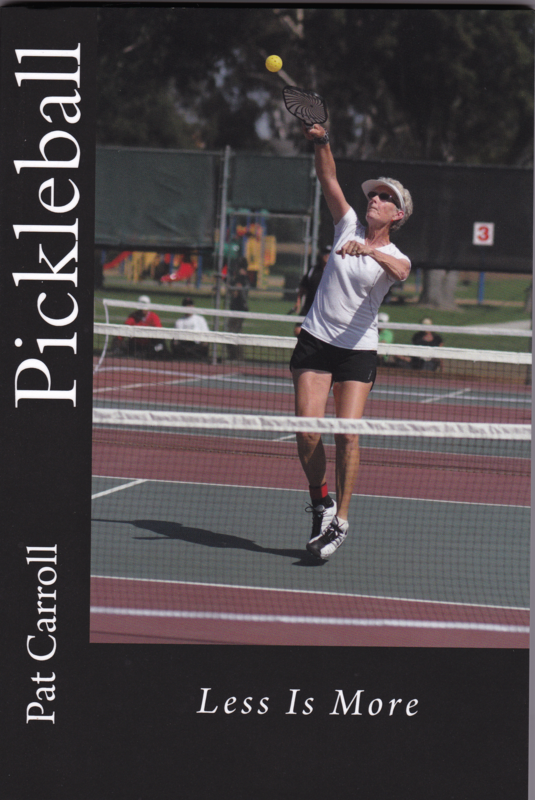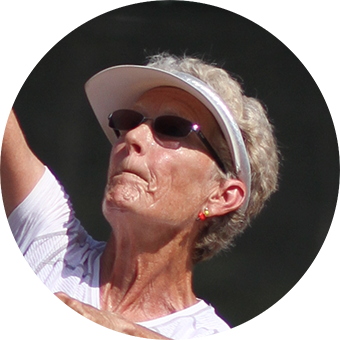

There is, in my opinion, a huge fallacy regarding the subject of forehands. It is, that a shot in question should always be taken by the partner with the forehand. Yielding to the forehand on shots just because it’s a forehand frequently creates poor court coverage and results in lost points. Also, MOST errors are made with forehands rather than backhands.
RETURN OF SERVE:
SO, FOR SHOTS OTHER THAN RETURN OF SERVE, WHICH IS BETTER?
Perhaps the main reason for this controversy is the lack of understanding of the backhand technique. The contact point for the backhand should be slightly farther in front of the body than the forehand to provide better control and comfort. In this age of speed and urgency it is natural to want to end each point as quickly and powerfully as possible; however, a well placed backhand can either end the point, or set up a winner on the next returned shot.
I believe one big reason our sport is so popular for so many is the importance of strategy and shot selection rather than the power of the shots, and the emphasis on learning and using soft shots. The longer the point, the more fun it is; this is true for all levels.
BACKHANDS IN PICKLEBALL ARE MUCH EASIER AND LESS COMPLICATED THAN FOREHANDS. PLAYERS WHO CHOOSE BACKHANDS WHENEVER POSSIBLE WILL PLAY BETTER AND WIN MORE!
PAT’S PICKLOSOPHY
(760)310-6847